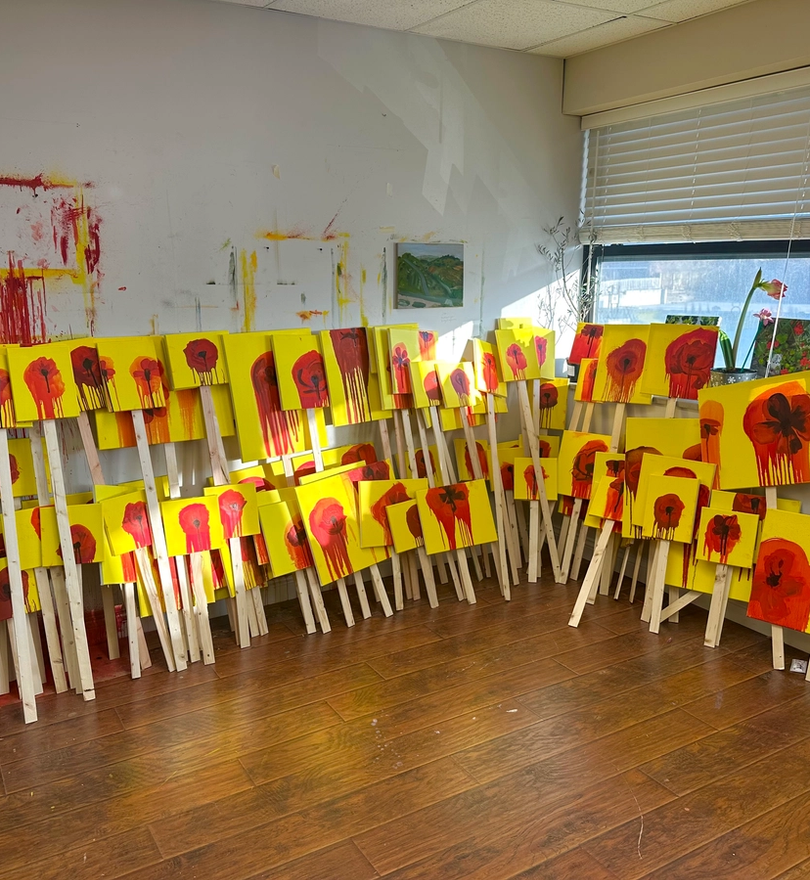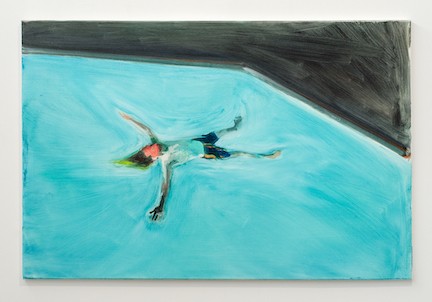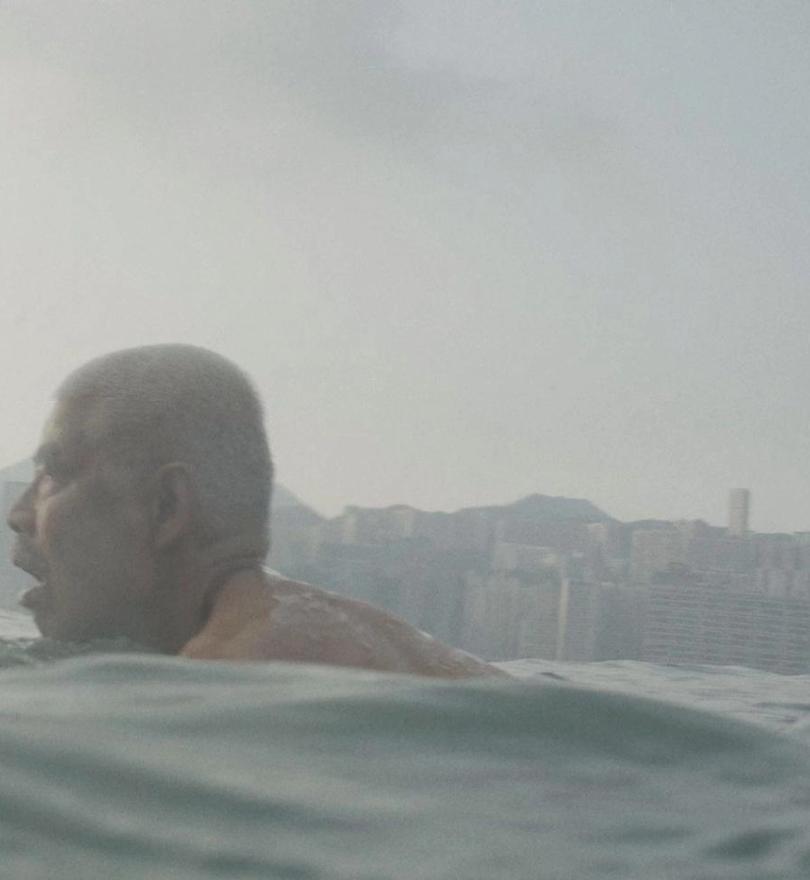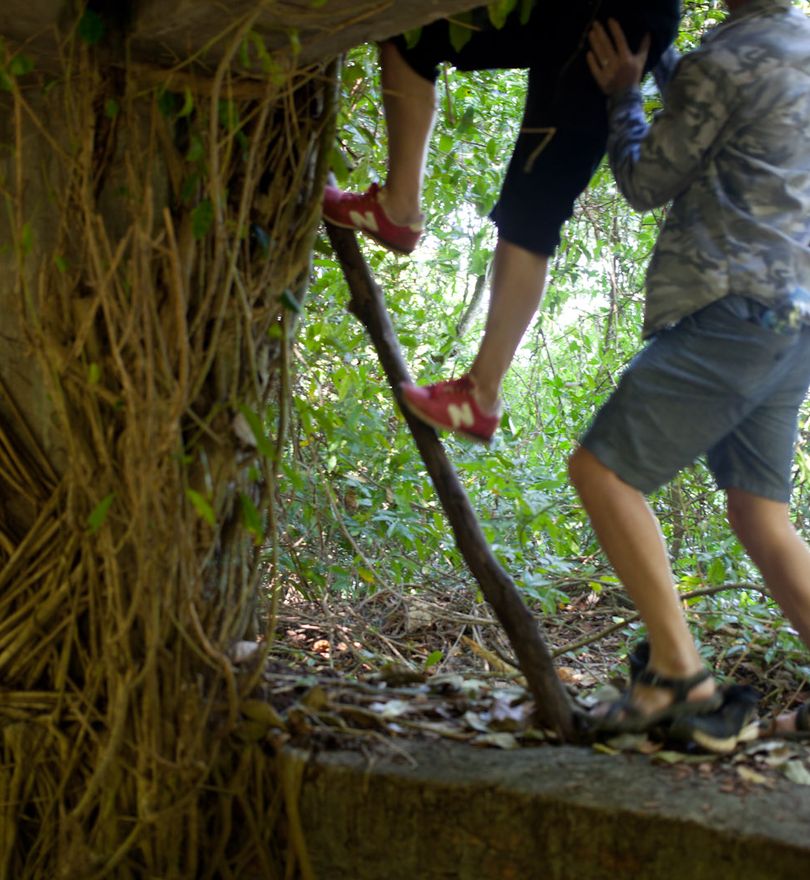
Kia ora, welcome to the second issue of the Satellites magazine.
When I began putting together this issue, our tricky relationship with failure was on my mind. I think in theory we all acknowledge that failing occasionally might be an important part of artistic experimentation, but in practice, do we really allow artists to take risks, fail, and get back up again?1 When I think about the moments in my own work that look most like failure to me, they’re the times when the edges had been sanded off so that neither real success nor real failure were any longer possible. The biggest risk in this zone is being a useless bore (I always think of Mark Fisher: ‘What if you held a protest and everyone came?’).
We’re probably all guilty of subscribing to a narrow view of success, but as Jack Halberstam writes in The Queer Art of Failure:
Under certain circumstances failing, losing, forgetting, unmaking, undoing, unbecoming, not knowing may in fact offer more creative, more cooperative, more surprising ways of being in the world.2
The contributors to this issue pick their way through these ideas, exploring the different pressures that make taking risks hard. Inevitably they all end up in the bleed zone between artistic and political risk. Film programmer Vicci Ho, who lives here in Aotearoa, reflects on the deepening risks of filmmaking in Hong Kong, as personal and artistic freedoms continue to be prosecuted. Her piece draws out the complicated connections we have to artists, filmmakers, and people in other places and contexts. We are bound to them as readers, watchers — and witnesses who, by virtue of being here in Aotearoa, have the freedom to seek out their words and images.
The destruction of Gaza and its citizens haunts these discussions. In March, Matariki Williams wrote about the very real risks and consequences artists and arts workers around the world have faced through their support for Palestine over the past six months. Satellites aims to connect the past, present and future, and Israel’s war on the people and culture of Palestine weighs heavy in the inescapable present. It is front of mind for Saraid de Silva, who tries to piece together hope from helplessness. She looks for possibility in spaces of invisibility, where it feels like nobody is paying attention.
The featured artwork in this issue is by Qianye and Qianhe ‘AL’ Lin, and was originally shown as a three-channel video installation at The Physics Room in Ōtautahi Christchurch in 2021. It overflows with terror, fragile innocence and hope, reflecting this issue’s emotional tenor. The full work will be available to view until we publish the next issue of the Satellites magazine, so watch it while you can.
We are also republishing a 2017 essay by art historian and curator Vera Mey. Writing after she’d spent a few years working with artists across Southeast Asia, Vera is frank about what she learned from context clashes experienced on the fringes of the contemporary art world. In her essay, Vera quotes from Fred Moten and Stefano Harney’s now-influential series of essays, The Undercommons: Fugitive Planning & Black Study, which had been published three years earlier. The title of this issue is drawn from the passage she quotes:
We are committed to the idea that study is what you do with other people. It’s talking and walking around with other people, working, dancing, suffering, some irreducible convergence of all three, held under the name of speculative practice. The notion of a rehearsal—being in a kind of workshop, playing in a band, in a jam session, or old men sitting on a porch, or people working together in a factory—there are these various modes of activity. The point of calling it “study” is to mark that the incessant and irreversible intellectuality of these activities is already present.3
Finally, in her contribution, actor, director and producer Nisha Madhan nudges us to pay attention to these things that are already present. She shares her experiences of learning to listen across different contexts, particularly since she relocated from Aotearoa to Naarm to work for Next Wave, joining the iconic Australian arts organisation as they abandoned the festival model and waded into the unknown with a new model called Curation As Care.
The pieces in this issue are the slow-burn kind; they might take some time to digest and work their way into your own life and work. Take your time — I hope you find something in here to return to again and again.
P.S. The grasshoppers are from the title page of the final draft screenplay for Illustrious Energy, 1987.
⁘
About this issue's cover art

brunelle dias, nys eve, 2023, oil on canvas
The cover art for this issue is a detail of an oil painting by Mumbai-born painter, brunelle dias, who is based in Tāmaki Makaurau. She is interested in the intimacy between figure and ground, and the interconnection between past and present. She completed her Master of Visual Art at AUT School of Art and Design in 2021.


